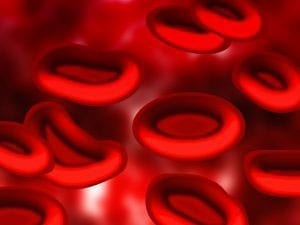Platelet Storage Pool Deficiencies
What are platelet storage pool deficiencies?
Platelet storage pool deficiencies are a group of bleeding disorders that are the result of a problem with the small sacs inside platelets that hold proteins and other chemicals. Two forms are delta storage pool deficiency and gray platelet syndrome.
What are the symptoms of platelet storage pool deficiencies?
Symptoms can vary between individuals depending on which form of storage pool deficiency one has, but common effects include:
- Nose bleeds
- Heavy, prolonged bleeding during menstruation or after childbirth
- Easy bruising
- Bleeding from the gums
- Abnormal bleeding following surgery or dental work
What causes platelet storage pool deficiencies?
Issues with platelet granules (the little sacs) cause this condition. Granules are either missing entirely or unable to release the proper proteins and chemicals. This can be the result of a genetic mutation that is inherited from parents, or it can be caused by sporadic mutations.
Depending on which form of platelet storage pool deficiency one has, it can be inherited in an autosomal dominant, autosomal recessive, or X-linked pattern.
How are platelet storage pool deficiencies diagnosed?
Doctors will perform a clinical evaluation and look at a patient’s medical history. They will also perform tests, typically blood tests. They may also examine platelets with an electron microscope.
What are the treatments for platelet storage pool deficiencies?
Treatment is typically only necessary after an injury, trauma, or procedure. Doctors will use antifibrinolytic drugs, platelet transfusions, and desmopressin. They also stress the importance of avoiding blood thinners, NSAIDs like ibuprofen, and aspirin.
Where can I find out more about platelet storage pool deficiencies?
Storage Pool Deficiencies Articles







